JRPGs all have a certain writing style that tends to be…er, well, Japanese. Most Japanese media tends to feature longwinded and unnatural exposition, is full of character archetypes, and features stagnant relationships that only ever progress through event flags.
Make no mistake, Persona 4 is no different. It falls into a lot of same traps that plague its brethren. However, the genius of its writing comes from its setting and construction. Atlus managed to create a setting that embraces and justifies these flaws in a way that’s natural and believable. Note that exceptions do exist for the following observations, of course.

When you watch enough anime and play enough JRPGs, you tend to notice a pattern to how characters develop in those stories. First, they’re introduced as an archetype. Second, the writers start peeling back the layers to this character to help them evolve into something beyond a simple archetype. And third, these characters move past the flaw and come out the other side a new person. Unless it’s a very long series like One Piece or Bleach, that character is typically never touched again.
The reason I single out Japanese media, in particular, is that while Western media does follow the same general steps, it tends to sprinkle character development throughout the series or game, while Japanese media tends to focus on a few big events, or “event flags”.
For those not familiar with the term, event flags refer to certain triggers that move a plot forward, build a relationship between characters, or develop a character. In gameplay, it refers to the trigger that leads to every single event, such as random encounters or leveling up. For this article, we’re simply going to use the first definition.
Event flags are often instrumental in developing characters, and usually indicate a point of no return for the character. One of the most famous flags is Final Fantasy 7‘s Aerith death scene, where the main characters all have to deal with the impact of her death (Sorry if that’s somehow still a spoiler). The party’s dynamic is changed for the rest of the game.
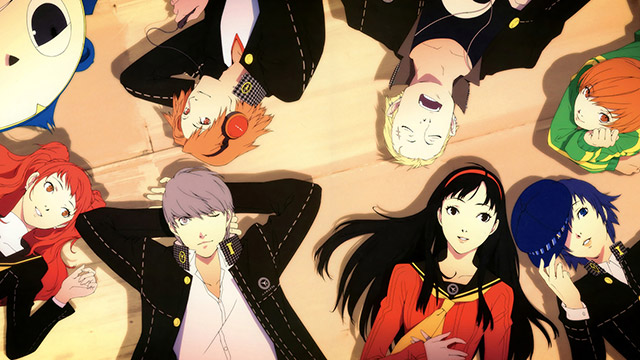
The problem is that many pieces of Japanese media fall into the trap of lingering far too long on the first stage of development. While the first stage is indeed important for the audience (to get attached to the characters), staying in that stage too long leads to an incredibly rushed third stage. Viewers never get to truly experience the ‘new’ character before the series or game ends. Worse, you can’t focus on the entire main cast because it would take far too long for every single one of them to undergo a full character arc, leading to many being underdeveloped.
Take Final Fantasy XV, for example. This is probably the textbook example of this problem in recent years.
The open world chapters do very little to develop the characters, being the first stage. The second stage is the majority of the linear chapters. Noctis’ development arc only truly ends in chapter 13, while everybody else has their development arc off screen. Chapter 14, the final story chapter of the game, is where you get to experience the third stage of Noctis’ arc. That’s one chapter out of the game’s 14 where you get to experience Noctis’ new kingly disposition.
Persona 4, on the other hand, utilizes a ‘cheat’ where it can blaze through the first and second stage of a character’s arc, with the third stage being the focus for the majority of the game. In fact, the third stage is often a second character arc of its own, which leads to these characters feeling far more complete than a lot of the game’s competition.
The cheat is the very concept of a Persona. Unlike Persona 3 or Persona 5, where you simply have the potential or you have to ignite your “rebellious spirit” to summon a Persona, in Persona 4, you have to truly understand and embrace yourself to obtain a Persona. In other words, to obtain a new party member, they have to have already gone through the first and second stage of a character arc before they can assist you in battle.
By the time they’re in your party, you already know their deepest insecurities and character flaws. Thus, the remainder of the game is the third stage, where they try to apply their new outlook on life.
Of course, doing so isn’t as simple as it seems, and you’ll have to help them through another conflict, squeezing a second character arc into the game and fleshing these characters out even further.
Because you can simply copy and paste this formula over and over again, it leads to every one of the seven party members feeling like a fully fleshed out character even with minimal screen time. Whereas other settings would struggle to justify a character revealing all their insecurities immediately to the player (take a look at Mass Effect: Andromeda for example), Persona 4 makes it feel natural.
Unfortunately, this setting and concept is so unique that any attempt to replicate it would come off as derivative. It would take an incredibly talented writer to have a setting where you have to dive into somebody’s psyche and help them (literally) fight their insecurities without having somebody go “Hey, isn’t this kinda like Persona 4?

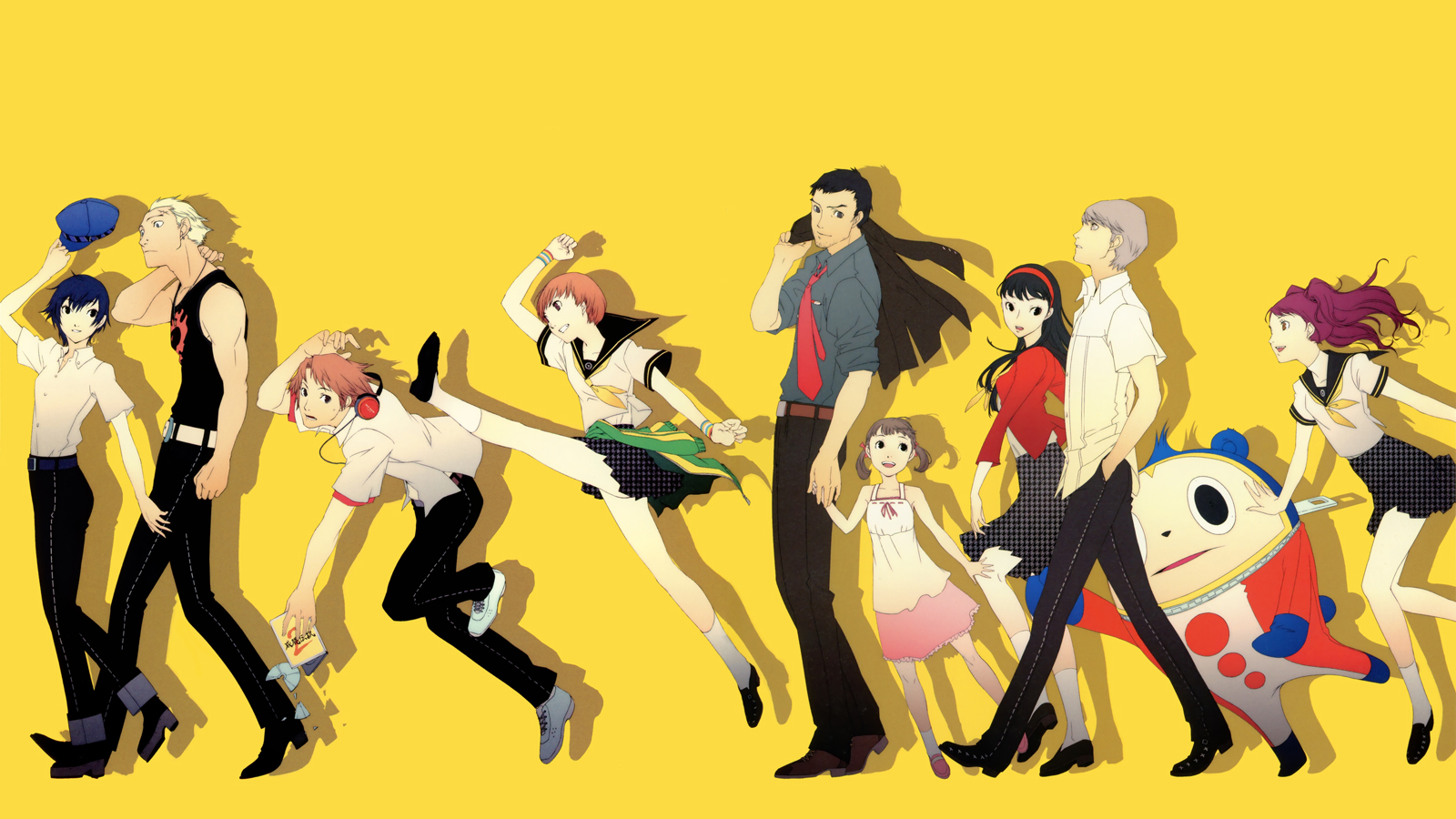
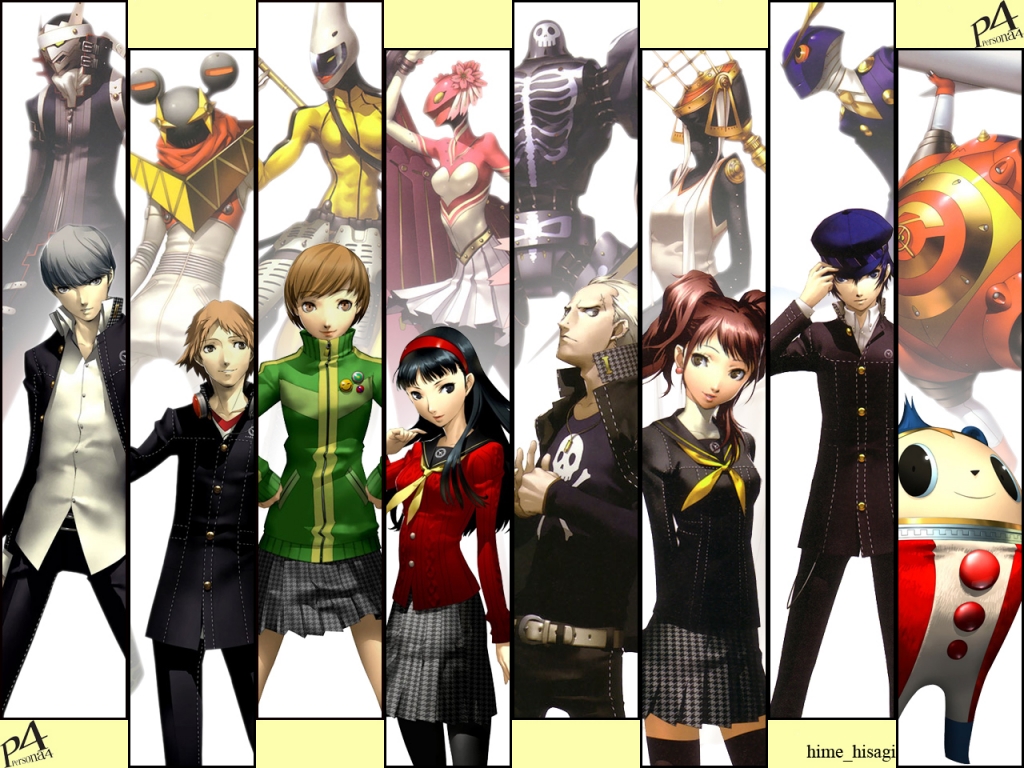





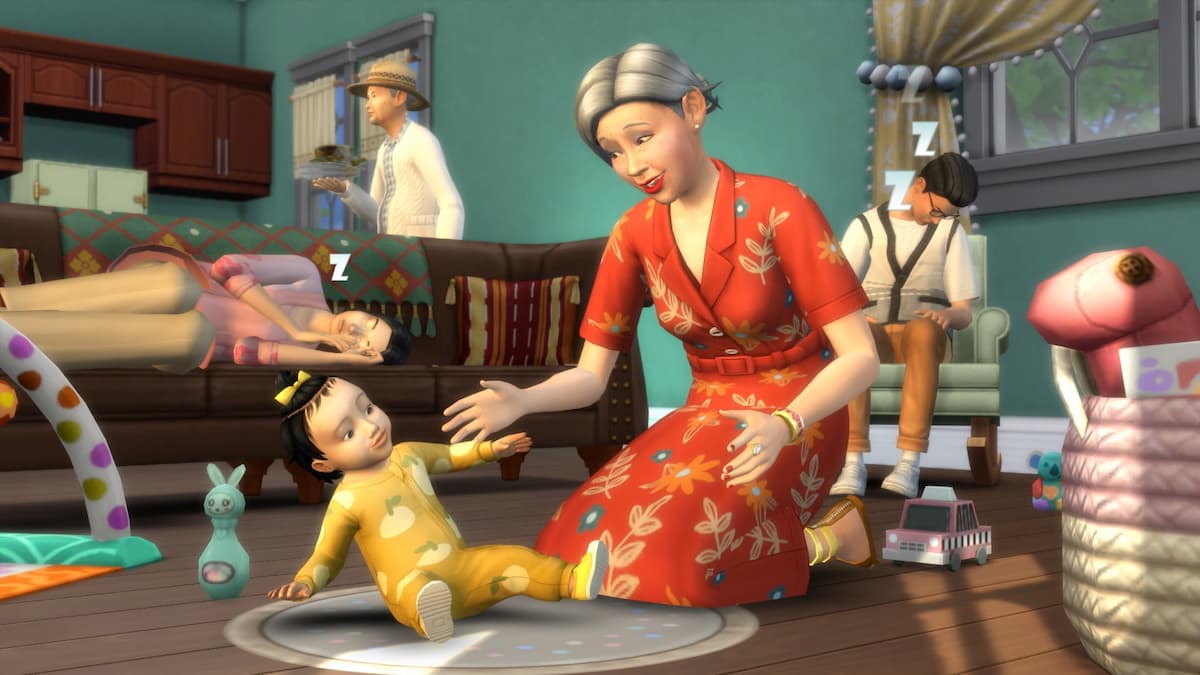
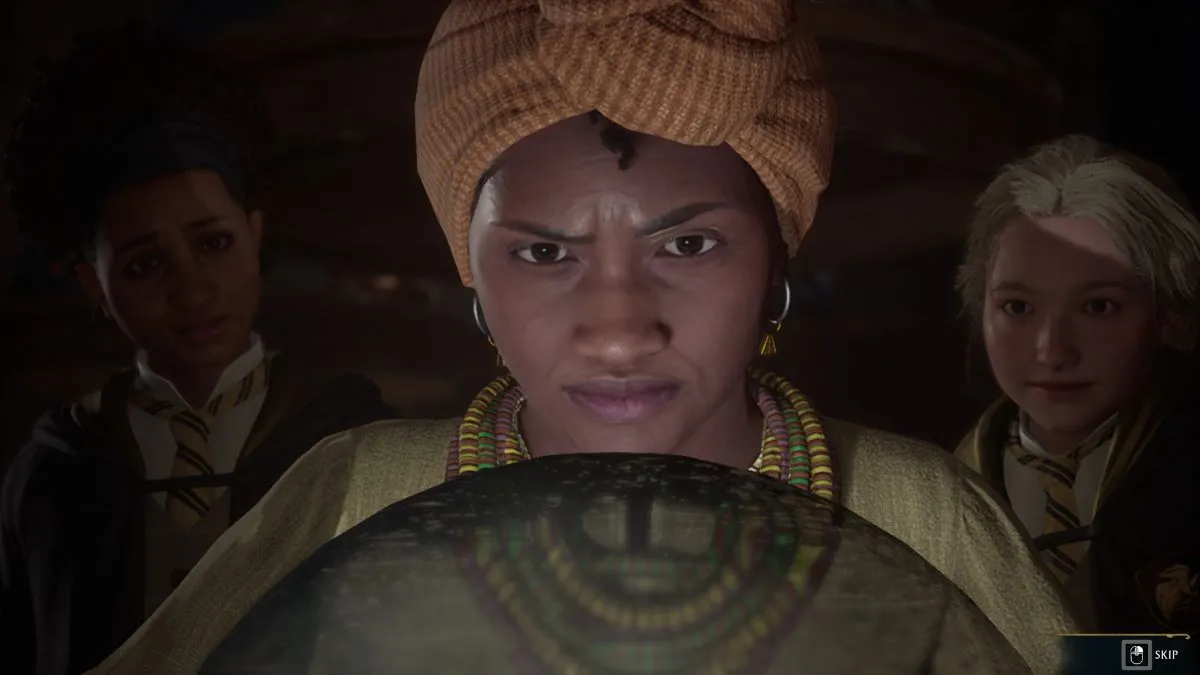
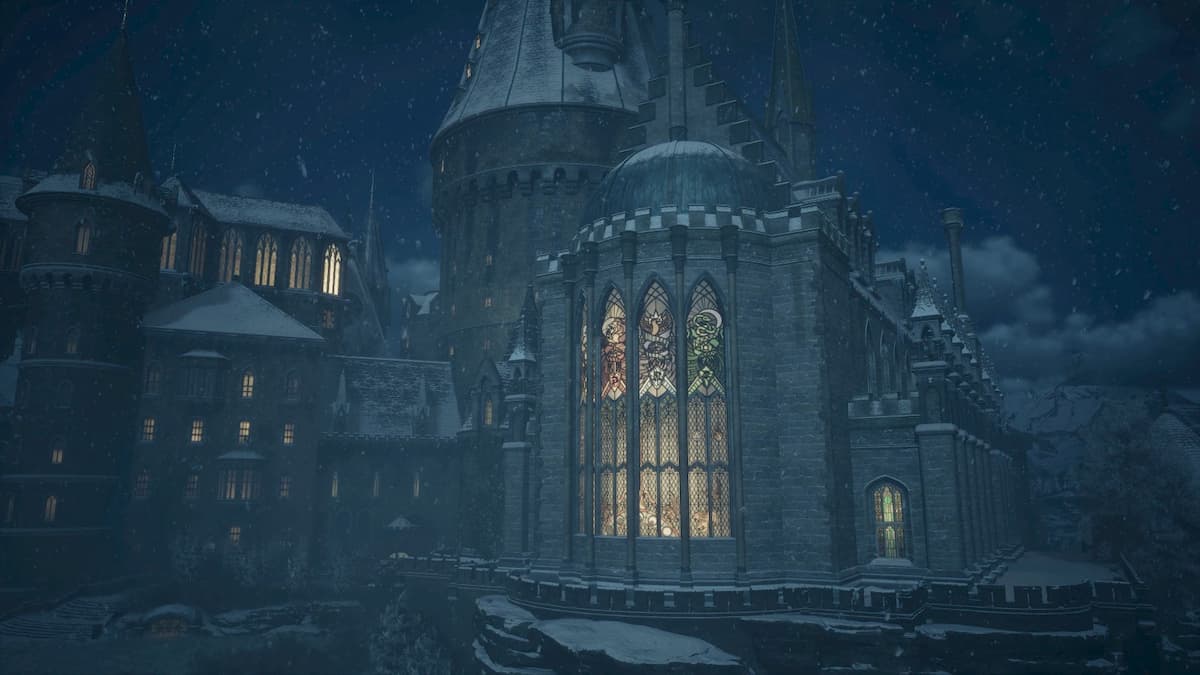
Published: Jun 1, 2017 05:59 pm